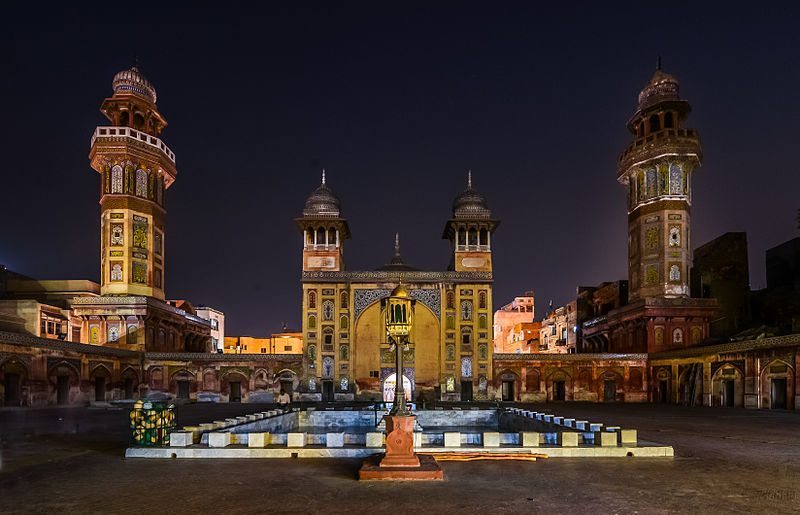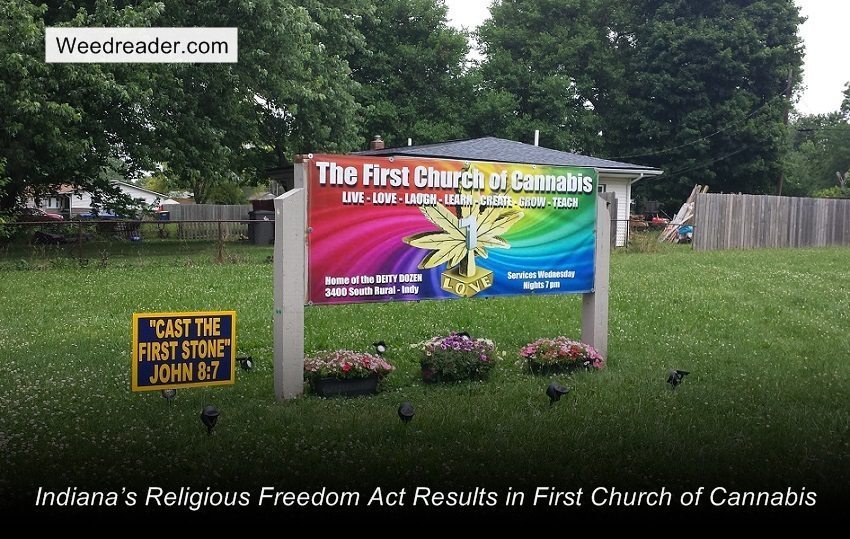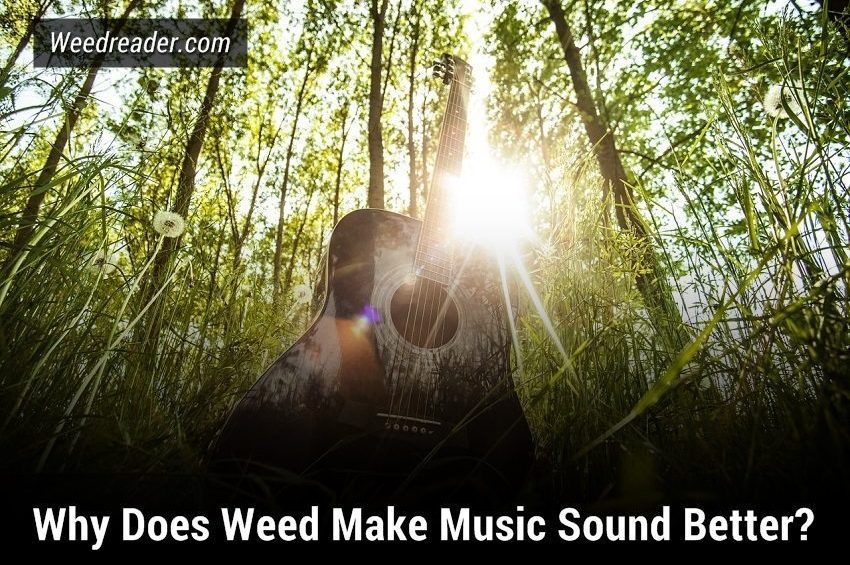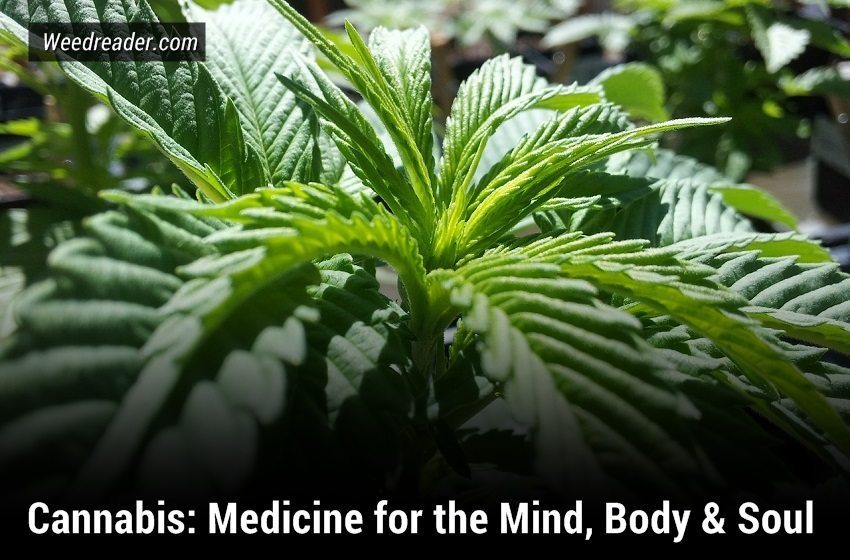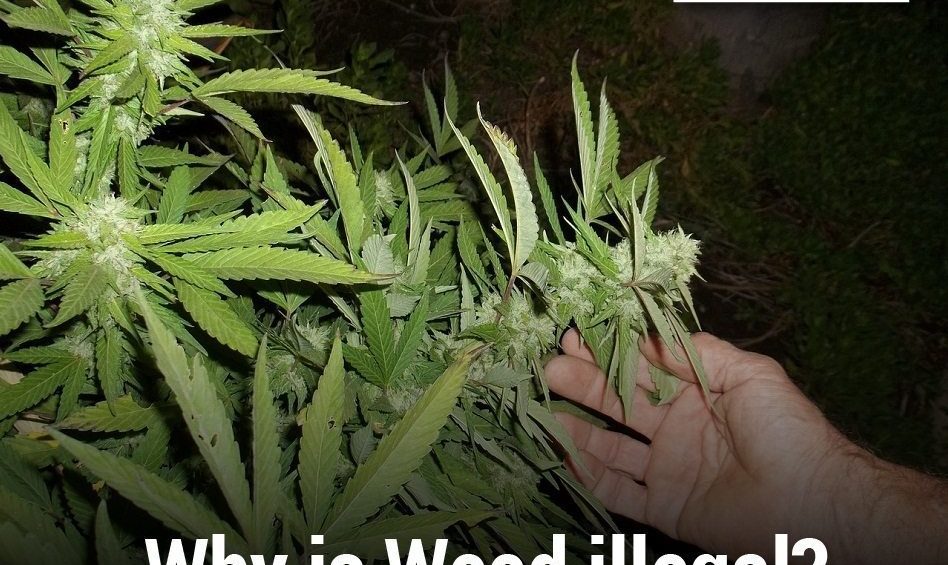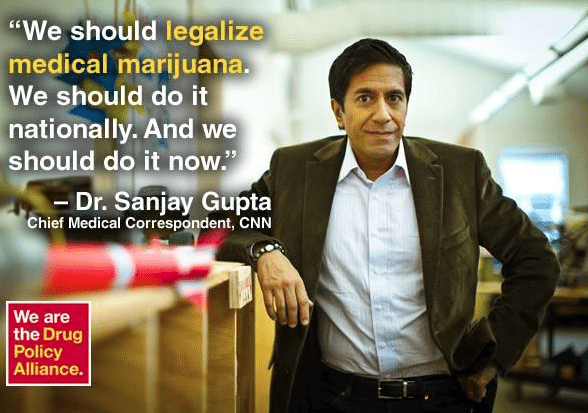
Since the Controlled Substances Act of 1970, cannabis has been classified by the U.S. government as a Schedule 1 narcotic. Which means that it is considered a dangerous and highly addictive substance with no known medical use. In recent years, scientific studies have repeatedly found that cannabis does indeed have powerful medicinal qualities, casting doubt upon that dubious Schedule 1 classification.
But Uncle Sam has always made a point of ignoring that evidence… until now.
The National Institute on Drug Abuse recently updated their official position on medical marijuana to say:
“The FDA has not recognized or approved the marijuana plant as a medicine. However, scientific study of the chemicals in marijuana, called cannabinoids, has led to two FDA-approved medications that contain cannabinoid chemicals in pill form. Continued research may lead to more medications.”
An article by Mike Adams, which was published on many major cannabis sites, goes so far as to say that the government admits that pot kills cancer. While I can find no evidence of that, it is a promising sign that the NIDA is using such pro-cannabis language on their official website.
The President has also voiced his support for medical marijuana. In an interview with Dr. Sanjay Gupta, Obama was quoted as saying, “I think carefully prescribed medical use of marijuana may in fact be appropriate, and we should follow the science as opposed to the ideology on this issue.” He also expressed his support for decriminalization, saying, “The more we treat drug abuse from a public health model, and not just from an incarceration model, the better off we’re going to be.”
Well, if we put aside the fanatical War on Drugs ideology and follow the science, I don’t see how we can possibly justify continued prohibition. There are countless research and case studies which demonstrate the healing properties of marijuana. Dr. Gupta, who has become one of the biggest champions of the medical marijuana cause, tracked down many of these cases in his documentary series WEED:
Marijuana is beneficial in treating chronic pain, glaucoma, epilepsy, nausea, appetite disorders, anxiety, depression, OCD, PTSD, addiction, insomnia, and even cancer. This is not speculation—it’s proven by science, and by real people whose lives have actually been saved by cannabis.
A bill has been introduced in the U.S. Congress called the CARERS Act (which stands for Compassionate Action, Research Expansion, and Respect States) that would re-classify marijuana as a Schedule II substance, and open the doors for more research, medical use, transport across state lines, and hopefully help solve the current banking problem faced the cannabis industry. The bill is currently being considered by a Judiciary Committee, and if passed it would mark a new age in United States drug policy—one determined by reason, not by fear.
Subscribe to Weed Reader to stay informed on this issue. Make sure you are registered to vote in your district, and contact your Senators and Congressmen! Let ’em know that you support the CARERS Act, and encourage them to do the same.
Together, we can change U.S. marijuana policy, and make sure that this natural, herbal medicine is available to all those who need it.









